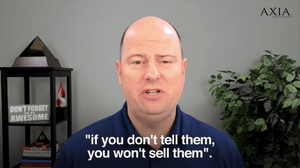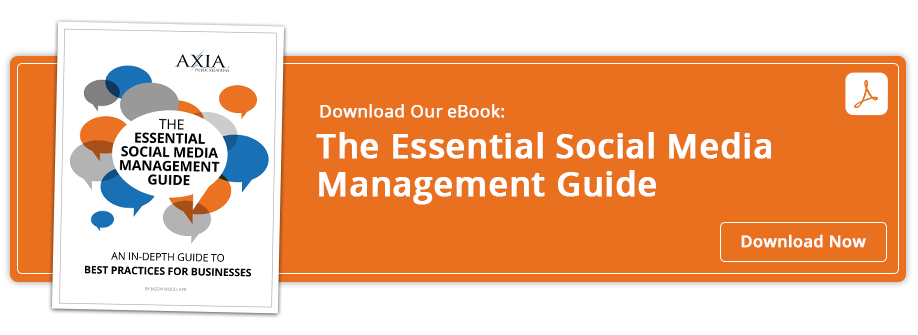Develop a powerful portfolio to show your company’s value
 Your portfolio is your company’s way of telling the world your services are proven to solve your customers’ needs. However, it’s easy to think creating a portfolio is simply gathering high-profile client results on one page to dazzle and impress potential customers. There’s more to your portfolio than making a fancy first impression.
Your portfolio is your company’s way of telling the world your services are proven to solve your customers’ needs. However, it’s easy to think creating a portfolio is simply gathering high-profile client results on one page to dazzle and impress potential customers. There’s more to your portfolio than making a fancy first impression.
Audio: Listen to this article.
A portfolio needs to sell potential customers and clients on these four things:
- We’ve done our service before.
- It’s been done for others.
- We can do it for you.
- Here’s what it looks like when you use our service.
When someone sees your portfolio, they should think: “Wow, this company knows what they’re doing! I’d love to have their services or product!” Selling the value of your company and its skills should be what you aim for with a portfolio, not trying to impress a potential client or customer with how many high-profile companies or individuals you have worked with. That doesn’t tell potential clients how your company can personally add value to them.
Showing off what makes your company great
When designing a portfolio for your company, you need to consider what your company does. You can show off products and services in different ways.
For products, focus on how you intend people to use your product in its intended environment.
Say your company is selling toothbrushes — show videos of people using your product in places where you’d actually use it, such as the bathroom. Have a picture or two of happy customers holding it in their bathrooms. This communicates the value of the product to potential customers in an area where they’d use it.
If your company sells services, then show successful results that people who used your service gained.
A company that does IT services might show a company that went from weak internal cybersecurity to strong thanks to its service. The IT company should also show stories with smaller clients that illustrate how its services made a huge difference. This could be how it protected a small, new fast-food chain franchise from a large cyberattack that compromised its competitors.
In the second example, the company tells potential clients how its services can help them and shows what makes it better than its competitors.
Putting it all together
Once you’ve decided on content that would be great for a portfolio, it’s time to put it on your website. How you do that depends on what you do; some companies might find it easier to show their successes via video, others might show screenshots, graphics, or you could even create a 3D portfolio! What matters is that your portfolio follows the four principles mentioned at the start of this story, so always keep them in mind when selecting past work you want to showcase.
 Clients love Jacob’s speed. Jacob is an inbound marketing-certified webmaster. He earned an integrated communications degree from Florida State College at Jacksonville. Jacob joined Axia PR as an intern in August 2015 and earned his way into a critical role at our PR agency.
Clients love Jacob’s speed. Jacob is an inbound marketing-certified webmaster. He earned an integrated communications degree from Florida State College at Jacksonville. Jacob joined Axia PR as an intern in August 2015 and earned his way into a critical role at our PR agency.


Comment on This Article